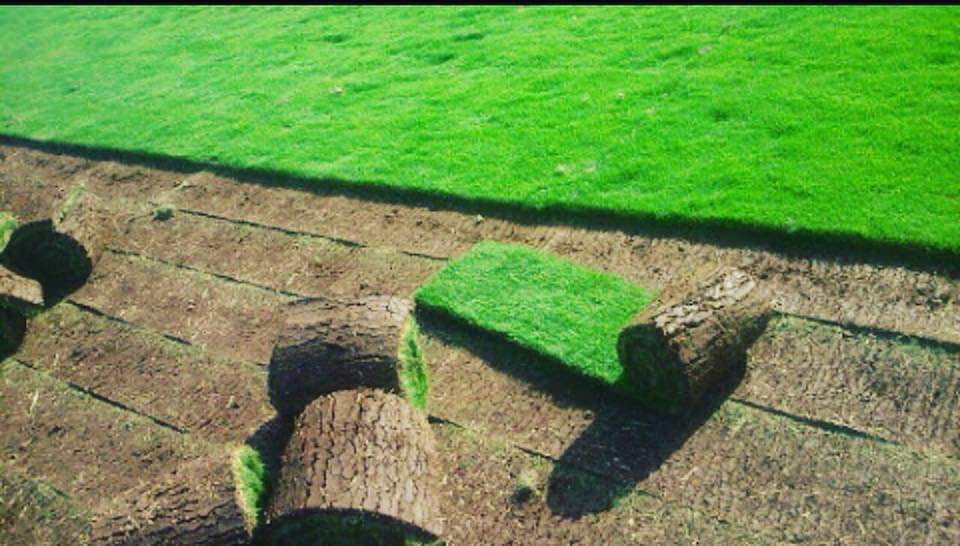
Landscaping: Transform Your Outdoor Space Into a Beautiful Oasis
Landscaping is more than just placing plants and shrubs; it’s about designing and transforming outdoor spaces into functional, beautiful environments that enhance the aesthetics and value of your property. Whether you want to create a relaxing garden retreat, a vibrant lawn, or an outdoor entertainment area, landscaping allows you to make the most of your yard’s potential.
In this blog, we’ll explore the key aspects of landscaping, the benefits it offers, and practical tips to help you get started.
Benefits of Landscaping
Increased Property Value
A well-designed landscape can boost the value of your property by creating curb appeal and making your home stand out. Homes with appealing outdoor spaces often sell faster and at higher prices.Enhanced Outdoor Living
Landscaping can extend your living space outdoors. Whether it’s a patio for dining, a cozy garden nook, or a play area for children, a thoughtfully designed landscape can transform your yard into a usable, enjoyable space.Environmental Advantages
Landscaping promotes a healthier environment. Trees and plants filter the air, reduce heat, and absorb rainwater, helping to prevent soil erosion and stormwater runoff. It can also provide habitats for local wildlife, contributing to biodiversity.Improved Mental and Physical Health
Green spaces are known to reduce stress and improve well-being. Having a landscaped garden to relax in can offer mental health benefits, while maintaining your garden can provide physical exercise.
Key Elements of Landscaping
When designing your landscape, consider these key elements to create a cohesive and balanced outdoor space:
Softscape
Softscape refers to the living elements in your landscape, including plants, trees, shrubs, flowers, and grass. Choosing the right plants for your climate and soil type is essential for a thriving garden. Incorporating a mix of perennials and annuals ensures that your landscape looks fresh and vibrant year-round.Hardscape
Hardscape includes non-living elements like walkways, patios, retaining walls, and decorative stones. These structures add functionality to your outdoor space, creating pathways, seating areas, or borders that define different sections of your yard.Water Features
Water features like fountains, ponds, or waterfalls can add a sense of tranquility to your landscape. They also attract wildlife and create a focal point in your garden.Lighting
Landscape lighting can enhance the ambiance of your yard, making it usable even after dark. Strategically placed lights can highlight certain features, such as plants or pathways, and create a welcoming atmosphere.Sustainable Practices
Sustainable landscaping involves practices like water conservation, using native plants, and minimizing chemical use. Drought-tolerant plants and efficient irrigation systems can help reduce water usage, while organic fertilizers and compost improve soil health naturally.
Tips for Successful Landscaping
Plan Your Design
Start by assessing your space and determining how you want to use it. Do you need an entertainment area, a garden for growing vegetables, or a quiet space for relaxation? Plan your landscape with these goals in mind, and consider the layout, sun exposure, and soil conditions.Choose the Right Plants
Select plants that are well-suited to your climate and soil type. Native plants are often the best choice as they require less maintenance and water. Incorporate a mix of trees, shrubs, flowers, and ground cover to create depth and texture.Create a Focal Point
Every landscape design benefits from a focal point—a feature that draws attention and serves as the centerpiece. This could be a large tree, a water feature, or a beautiful garden bed.Add Pathways and Borders
Pathways made from stone, gravel, or brick add structure to your landscape and make it more functional. Borders around flower beds or along walkways help define the space and prevent plants from spreading.Maintain Your Landscape
Once your landscaping is complete, regular maintenance is key to keeping it looking beautiful. This includes watering, pruning, mulching, and weeding. Set up a maintenance schedule that ensures your plants remain healthy and vibrant throughout the year.Consider Seasonal Changes
Choose plants that provide year-round interest. Evergreen shrubs, for example, keep your garden looking lush during the winter months, while flowering perennials can bring color in spring and summer.
Conclusion
Landscaping is a creative way to enhance the beauty, functionality, and value of your outdoor space. Whether you’re adding a simple garden bed or redesigning your entire yard, thoughtful landscaping can turn your outdoor area into a personal sanctuary. By incorporating softscape, hardscape, and sustainable practices, you’ll create a landscape that’s not only visually stunning but also beneficial to the environment.
Ready to transform your outdoor space? Whether you’re looking for professional landscaping services or inspiration for a DIY project, investing in your yard is always a rewarding choice. Start planning your dream landscape today!


